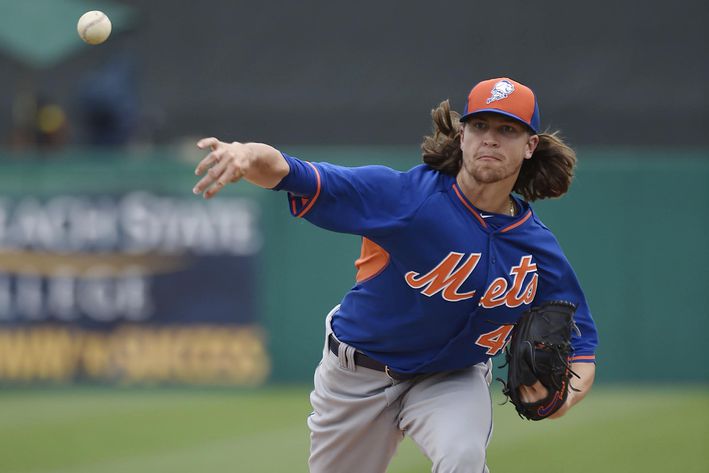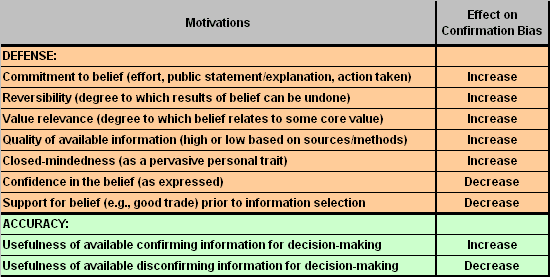Here I think outgoing Attorney General Eric Holder saved his best work for last and he should be applauded for that. The Ferguson Police Department investigation threw water on the fire rather than gasoline and is very well done.
One wonders how many other communities, whether they be predominantly white or black, are chafing under the yoke of a police department that operates as a "revenue generator" rather than protector of the community. The same dynamic plays itself out in the obscene levels of incarceration seen in some areas of this country that have turned entire neighborhoods into American Gulags.
|
Posted: 09 Mar 2015 03:18 PM PDT
You get (more of) what you (don't) pay for.
When a local prosecutor sends a convicted felon to prison, the cost of keeping him locked up--an average of $31,286 per year--is paid for entirely by the state, not the county where the prosecutor holds office. The problem with this setup, some argue, is that prosecutors end up enjoying a "correctional free lunch," meaning they can be extremely aggressive in their charging decisions without having to worry about how much it will cost the local taxpayers who elected them. If prosecutors were forced to take the cost of incarceration into account, the theory goes, there might not be 1.36 million people in America's state prisons. This is the first paragraph of an excellent piece in Slate on the distorted incentives that prosecutors face. The piece, by Leon Neyfakh, is titled "How to Stop Overzealous Prosecutors."
Of course, if the locals pay all the costs of an incarceration, you might get "under zealous" prosecutors. Why? Because the benefits of prosecution don't all flow to the locals. Some of the benefits arguably go to people in other parts of the state and, maybe, other parts of the country.
I don't worry about this incentive in the other direction, though, when I look at police behavior and D.A. behavior. I think the downside from too few prosecutions is much less than the downside from too many. It seems unlikely that prosecutors would substitute by prosecuting more marijuana crimes and fewer murders.
As almost anyone who looks at the criminal justice system in America (and I use the word "justice" loosely) can see, it's what my military officer students call a Charley Foxtrot. The Justice Department report on Ferguson's system as a revenue generator rather than a justice seeker was highly informative. (See pp. 9-15 of the report.)
I do have one problem, though, with the proposal from W. David Ball that the Slate author mentions. Neyfakh writes: "Ball argues that states should take the money they're currently spending on their prison systems, distribute it among counties based on their violent crime rate, and allow local decision-makers to spend it as they see fit." Professor Bell is proposing that the more violent crime a county has, the more money it would get. Do you see a problem?
III. FERGUSON LAW ENFORCEMENT EFFORTS ARE FOCUSED ON GENERATING REVENUE
IV. FERGUSON LAW ENFORCEMENT PRACTICES VIOLATE THE LAW AND UNDERMINE COMMUNITY TRUST, ESPECIALLY AMONG AFRICAN AMERICANS
V. CHANGES NECESSARY TO REMEDY FERGUSON'S UNLAWFUL LAW ENFORCEMENT PRACTICES AND REPAIR COMMUNITY TRUST
A. Ferguson Police Practices
1. Implement a Robust System of True Community Policing
2. Focus Stop, Search, Ticketing and Arrest Practices on Community Protection
3. Increase Tracking, Review, and Analysis of FPD Stop, Search, Ticketing and Arrest Practices
4. Change Force Use, Reporting, Review, and Response to Encourage De-Escalation and the Use of the Minimal Force Necessary in a Situation
5. Implement Policies and Training to Improve Interactions with Vulnerable People
6. Change Response to Students to Avoid Criminalizing Youth While Maintaining a Learning Environment
7. Implement Measures to Reduce Bias and Its Impact on Police Behavior
8. Improve and Increase Training Generally
9. Increase Civilian Involvement in Police Decision Making
10. Improve Officer Supervision
|

/cdn0.vox-cdn.com/uploads/chorus_asset/file/3546158/degrom_release_point.0.PNG)












